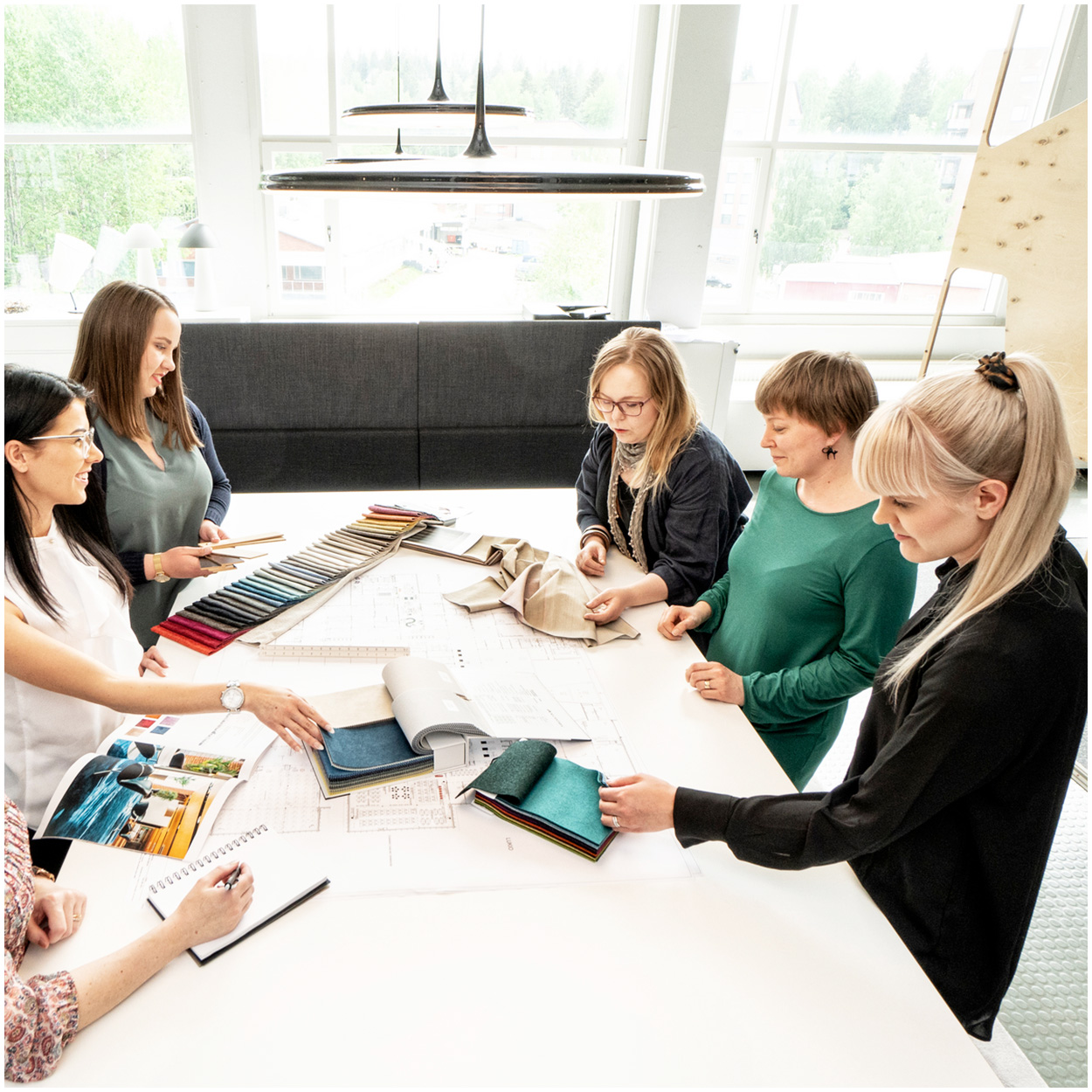What are the latest trends in school furniture design?
In the ever-evolving landscape of education, school furniture design is undergoing significant transformations. One of the most notable trends is the emphasis on flexibility, as schools seek to create adaptable learning environments that cater to various teaching styles and learning activities. Alongside this, sustainability is becoming a key consideration, with educators prioritizing eco-friendly materials and processes to support environmental responsibility.
Technology integration is also reshaping how educational spaces are furnished. Modern classrooms demand innovative classroom furniture equipped with features like built-in power sources and ergonomic designs that accommodate digital learning tools. These elements are essential in fostering an inspiring learning environment that engages students and supports their educational journey.
Overall, the best school furniture solutions today are those that blend flexibility, sustainability, and technology. By incorporating these elements, schools can create environments that not only meet the educational needs of students but also contribute to their overall well-being and success.
How is flexibility influencing classroom furniture design?
Flexibility in classroom furniture design is revolutionizing how educational spaces are utilized. By incorporating modular designs and movable pieces, schools can easily reconfigure classrooms to support different teaching methodologies and learning activities. Whether it’s individual work, group collaboration, or teacher-led instruction, flexible furniture solutions allow for seamless transitions between various setups.
Movable classroom furniture, such as ergonomic classroom chairs on wheels, plays a crucial role in this adaptability. These pieces are lightweight and easy to rearrange, enabling quick changes in the classroom layout to accommodate different group sizes and activities. This flexibility is essential in fostering an environment where both teachers and students can thrive.
Ultimately, flexibility in school furniture design empowers educators to create dynamic learning environments that respond to the ever-changing needs of students. By prioritizing adaptable solutions, schools can enhance both teaching and learning experiences, leading to improved educational outcomes.
What role does sustainability play in educational furniture?
Sustainability is becoming increasingly important in the realm of educational furniture. As awareness about environmental impact grows, schools are seeking furniture solutions that align with eco-friendly practices. This involves using sustainable materials and manufacturing processes that minimize harm to the environment.
At Isku, we are committed to producing school furniture that meets these sustainability criteria. Our products are crafted from responsibly sourced materials, ensuring that every piece supports long-term environmental responsibility. Moreover, our production processes are designed to reduce waste and energy consumption, further contributing to a sustainable future.
By choosing sustainable school furniture, educational institutions not only fulfill their environmental obligations but also benefit from long-term cost savings. Durable, eco-friendly furniture is an investment in the future, providing schools with high-quality solutions that stand the test of time.
How is technology integration impacting school furniture design?
The rise of technology in classrooms has a profound impact on school furniture design. As digital tools become integral to the learning process, furniture must evolve to support their use effectively. This means incorporating features like built-in power sources to keep devices charged and ready for use throughout the school day.
Ergonomic design is also crucial in this context, as it helps prevent physical strain associated with prolonged device use. Ergonomic student chairs, for example, provide the necessary support and comfort, promoting better posture and reducing fatigue during long periods of study.
Furthermore, innovative school furniture solutions are designed to seamlessly integrate technology, facilitating a smooth and efficient learning experience. By prioritizing technology integration, schools can create environments that enhance digital learning and prepare students for the demands of the modern world.
Why is ergonomic design essential in school furniture?
Ergonomic design is a critical aspect of school furniture, as it directly impacts student comfort and well-being. Poorly designed furniture can lead to physical strain and discomfort, hindering students’ ability to concentrate and perform at their best.
By prioritizing ergonomic classroom furniture, schools can create environments that support healthy posture and reduce the risk of musculoskeletal issues. Ergonomic chairs and desks are designed to adapt to students’ needs, providing the necessary support for various activities, from reading and writing to using digital devices.
Ultimately, the best school chair is one that promotes comfort and well-being, enabling students to focus on their studies without distraction. By investing in ergonomic furniture, schools can enhance the overall learning experience and contribute to better educational outcomes.
What are the benefits of customizable school furniture?
Customizable furniture solutions offer significant advantages for educational institutions, allowing them to tailor their learning environments to meet specific needs. This customization enables schools to optimize space and resources, creating environments that cater to diverse student populations and learning styles.
At Isku, we provide a wide range of customizable school furniture options, including adjustable desks and chairs that can be tailored to fit different age groups and classroom settings. This adaptability ensures that furniture can evolve alongside changing educational requirements, providing long-term value for schools.
By choosing customizable solutions, schools can create inspiring learning environments that support student engagement and foster a love for learning. With the ability to adjust and personalize furniture, educational spaces can be transformed into dynamic hubs of creativity and exploration.


